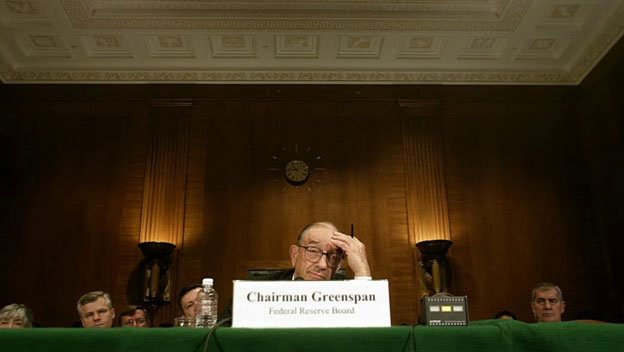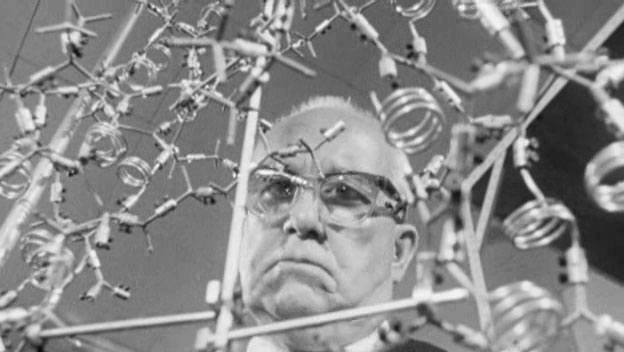I’m not convinced there needed to be a Blade Runner sequel, but if commercial concerns demanded one, this was probably as good as it was gonna get. You’ve got action, Harrison Ford, lots of references to the first movie but also new explorations of memory and authenticity, artificial intelligence and humanity.

New replicant-cop-who-is-himself-a-replicant Ryan Gosling, working for Robin Wright (also cool in Wonder Woman this year), kills Dave Bautista (Guardians of the Galaxy) and finds Rachael’s bones. New boss of the new replicant organization is Jared Leto, who sends his enforcer Luv (Dutch Sylvia Hoeks) to steal information from the weak government. Mackenzie Davis (San Junipero) is a prostitute who follows Gosling and tries to seduce him, but unsuccessfully since his true love is a Her-like hologram named Joi (Ana de Armas of Knock Knock). Gosling dives deep within the conspiracy, finds Harrison Ford and leads him to his lost daughter, false-memory-creator Carla Juri. Also appearing: Barkhad Abdi, the security guard in Good Time. Everyone in this is great, except Leto, who acts like a magician. The music sucked, was all bwaaaamp sounds, and Geostorm was playing next door, so when my seat rumbled I could barely tell if it was my own movie or if a geostorm was hitting.
–
Blade Runner 2048: Nowhere to Run (Luke Scott)
A series of Blade Runner sequel/prequel shorts, introduced by Villeneuve. In this one, Dave Bautista goes to the city to sell some bottled snakes and give a girl a book, utterly destroys a street gang and accidentally attracts police attention.

–
Blade Runner 2036: Nexus Dawn (Luke Scott)
Magician Jared Leto faces off against government agent Benedict Wong (Black Mirror: Hated in the Nation) in a dimly-lit, delapidated office, displays the suicidal obediance of his new replicants in order to get the laws changed. Luke “son of Ridley” Scott also made the Prometheus shorts, the Alien: Covenant shorts and an episode of The Hunger TV series, and I’m sensing a pattern.

–
Blade Runner 2022: Black Out (Shinichiro Watanabe)
Anime short from the director of Cowboy Bebop, the one I was looking forward to, and therefore the most disappointing. Prequel shorts that fill in story gaps between major stories are fully unnecessary, and this one’s got some style (and briefly Edward James Olmos) but not enough to redeem the bad dialogue. Kung-fu replicants whup the asses of a Star Wars-helmeted security team, conspiring to cause the blackout mentioned in the sequel film. Lead girl Luci Christian has voiced a million movies and shows, including the Fullmetal Alchemist series.

Cool impressionist war sequence:



















